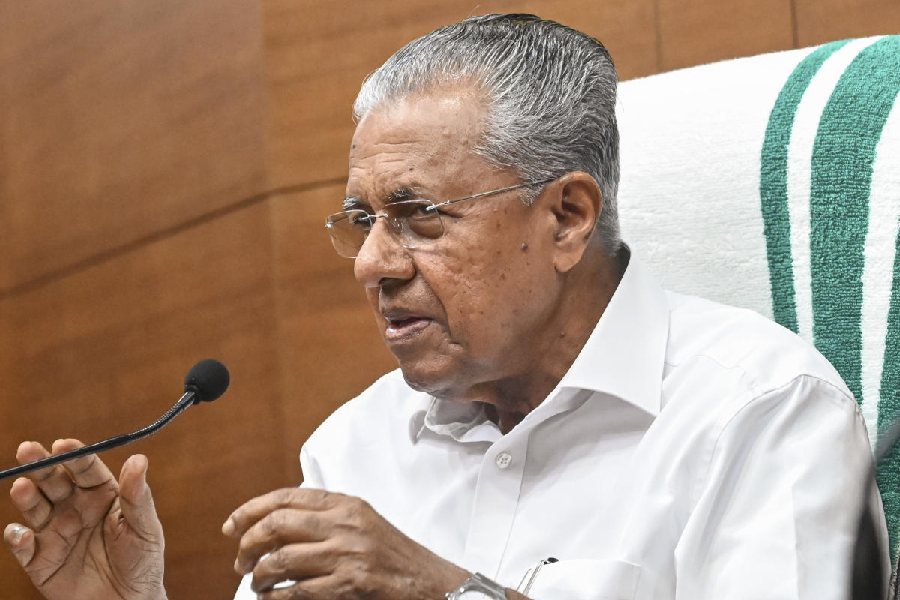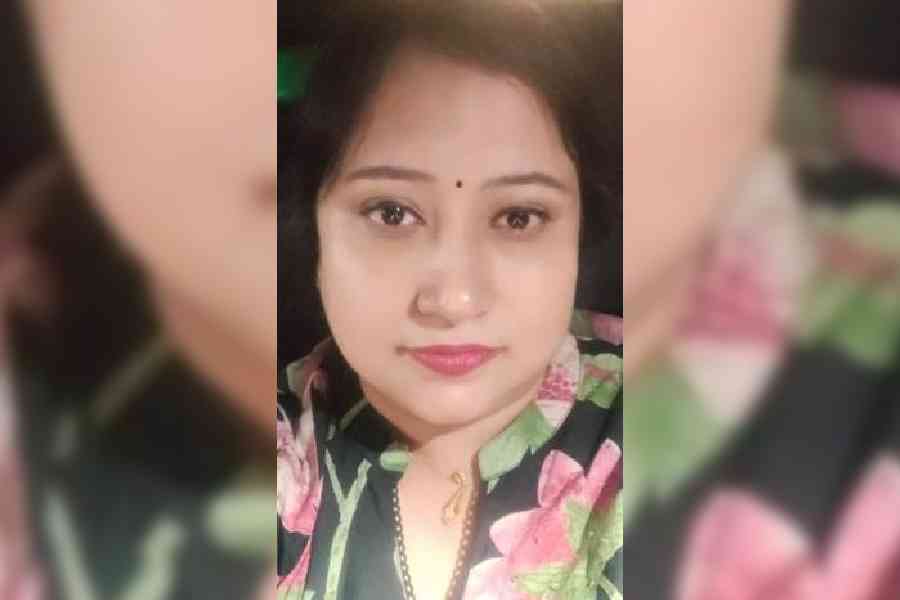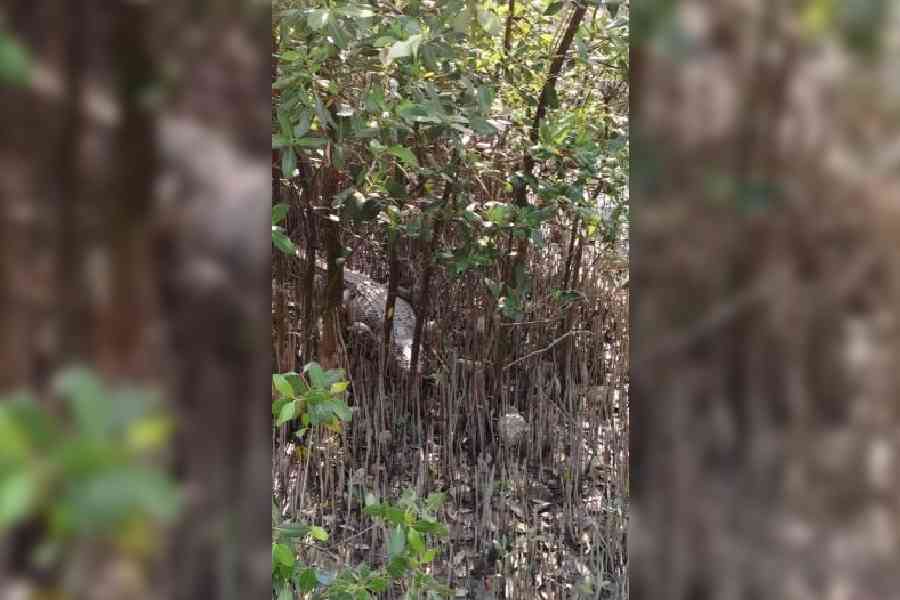 |
 |
 |
| SPIRIT MEETS SCIENCE: Kalobaran Maiti, Swapan Kumar Pati and Qudsia Tahseen |
It’s not often that the glory of an honour shines on the presenter. But recently, when nine scientists received the coveted S.S. Bhatnagar Prize from the Prime Minister, the arc light was as much on the government, which shortlists the awardees, as the ones who were honoured.
The majestic Vigyan Bhawan in Delhi reverberated with applause when Kalobaran Maiti and Swapan Kumar Pati walked up to the stage. The two scientists, who grew up in villages in Bengal, beat their underprivileged origins to climb to leadership positions in science.
A physicist at the Tata Institute of Fundamental Research, Mumbai, Maiti’s is an amazing story of grit and talent. He studied in an East Midnapore school, and later went on to join the top academic institution, the Indian Institute of Science (IISc), Bangalore.
“The help and support I received from teachers at various stages of my career prepared me for a journey in science,” says Maiti, 43.
Among the others who shared the laurels was Pati, who grew up in West Midnapore. Pati, a professor of theoretical sciences at the Jawaharlal Nehru Centre for Advanced Scientific Research, Bangalore, went to local schools and college before joining IISc for his doctoral studies.
“They represent the raw talent that exists in rural India,” says Samir Brahmachari, director general of the Council of Scientific and Industrial Research, which gives the award to scientists below the age of 45.
Brahmachari confesses that when he was a professor of biochemistry at IISc a decade ago, he wanted only students from pedigreed institutes to join his research team. Now he is convinced that researchers with great potential are emerging from other institutions. “They are much more dedicated, even though they lack exposure,” he says.
The last five years have seen a 300 per cent increase in the number of Scheduled Caste / Scheduled Tribe students clearing the National Eligibility Test, conducted by the University Grants Commission for lectureship and junior research fellowships, he says.
Few researchers participating in Open Source Drug Discovery, an online collaboration to discover potential drug molecules, are from premier institutions. “Colleges in Durgapur, Jammu, Madurai and so on have exceedingly brilliant talent. And we have to tap it,” says Zakir Thomas, who heads Brahmachari’s pet project.
Last year, the Department of Science and Technology launched a programme called Inspire to lure bright young minds to science. It intends to cover 1 million students from schools, 50,000 from colleges and a few thousand doctoral and postdoctoral researchers over the next three years.
Once it starts rolling, thousands will get the initial leg-up that Maiti strove for. Maiti, who missed classes because he had to work in the fields, was encouraged to study by his headmasters at Kishorepur Primary School, Trivangalal Das and later Pravat Das, who ensured he got admission to the Ramakrishna Mission College at Rahara.
Today, Maiti has shown how a metal can be turned into an insulator, or vice versa, and how magnetic and non-magnetic materials can switch roles. He has built a scientific instrument — a high resolution photoemission spectrometer — capable of measuring the energy, spin and momentum of sub-atomic particles.
Pati too works in many cutting-edge areas of physics and chemistry. He has advanced several theories relating to optical computing, nanomaterials and hydrogen storage for futuristic fuel cells and is consulted by global firms.
“I had some good teachers who talked about great scientists and their work,” says Pati. “In Bengal, we have such a culture.”
Qudsia Tahseen, who became a professor of zoology at the Aligarh Muslim University, is another example of determination and hard work paying off. “In Azamgarh where I was born, girls were not expected to have a career. At the most, they were supposed to be educated till they were married off,” she says.
Tahseen, who was made fellow of the Indian Academy of Sciences, Bangalore at 43, for her path-breaking work on roundworms, says she was lucky to have parents who valued education.
Clearly, more and more young researchers from villages and towns are making their presence felt in the world of science. The journey from paddy fields to Vigyan Bhawan is no longer a dream for many.










